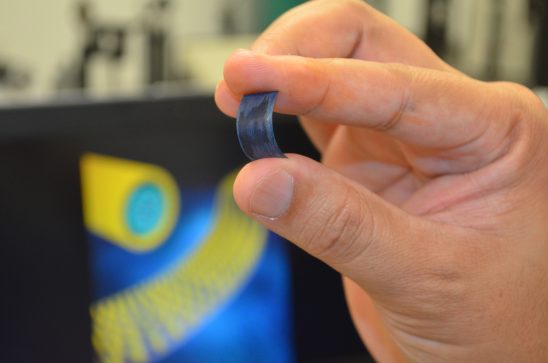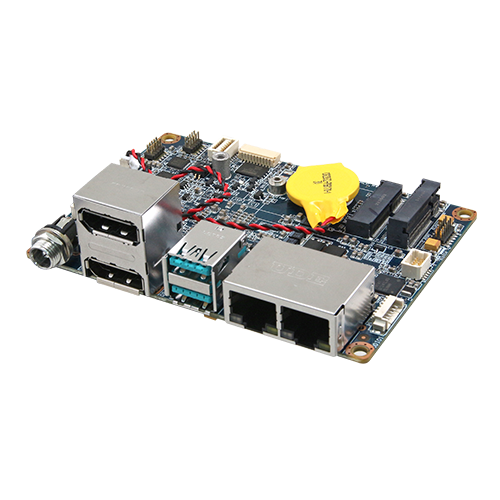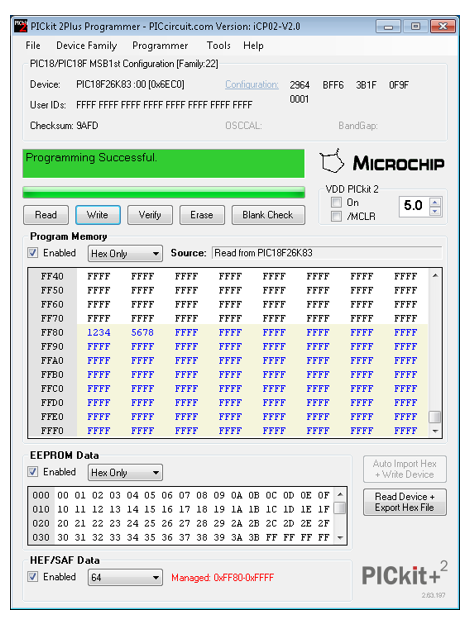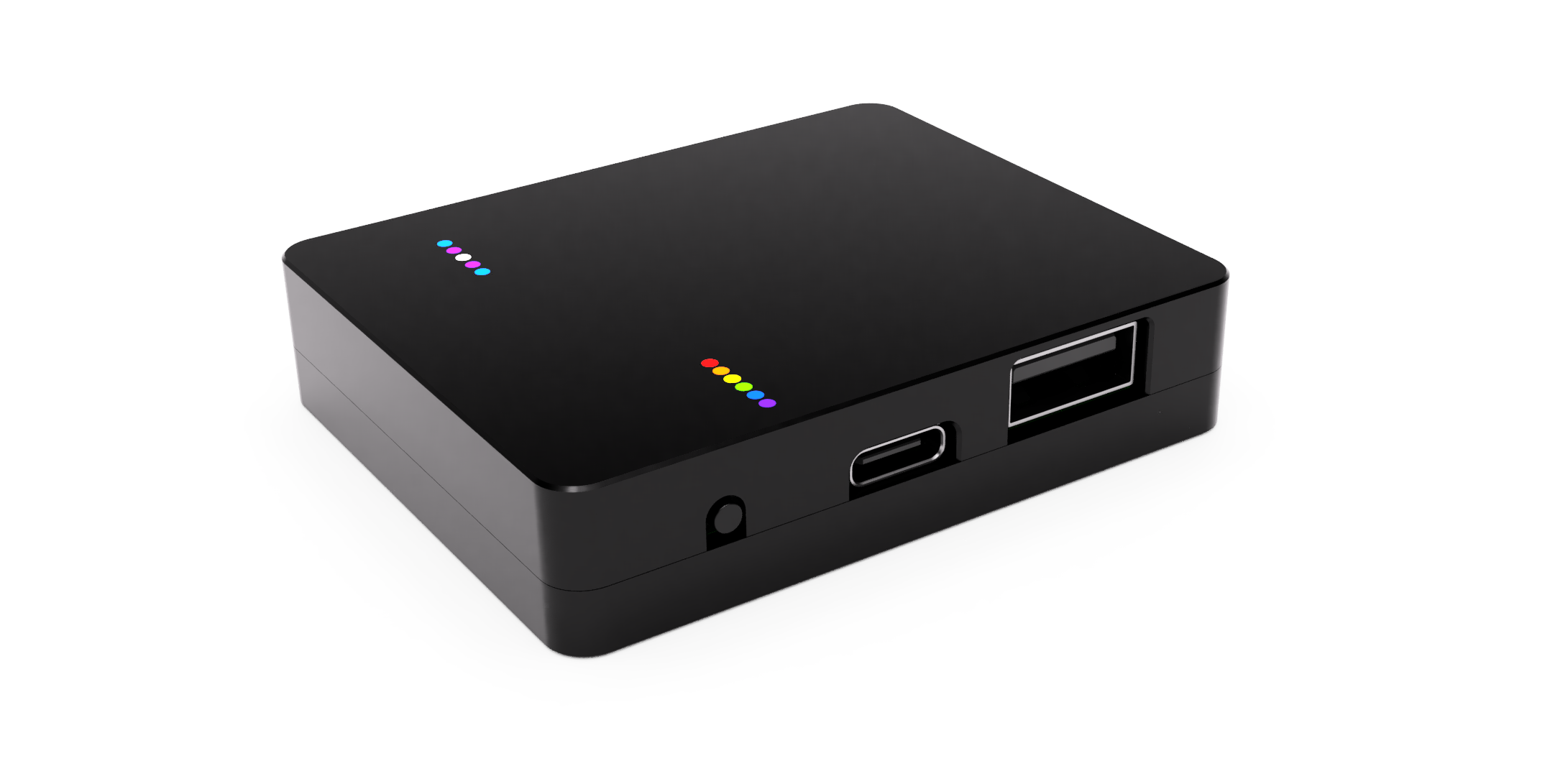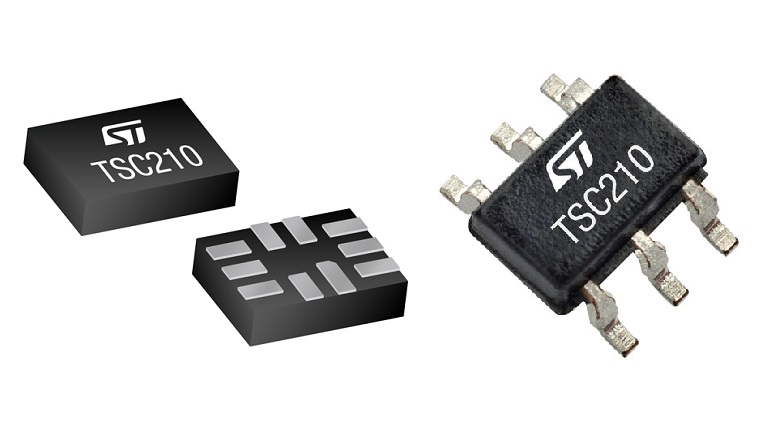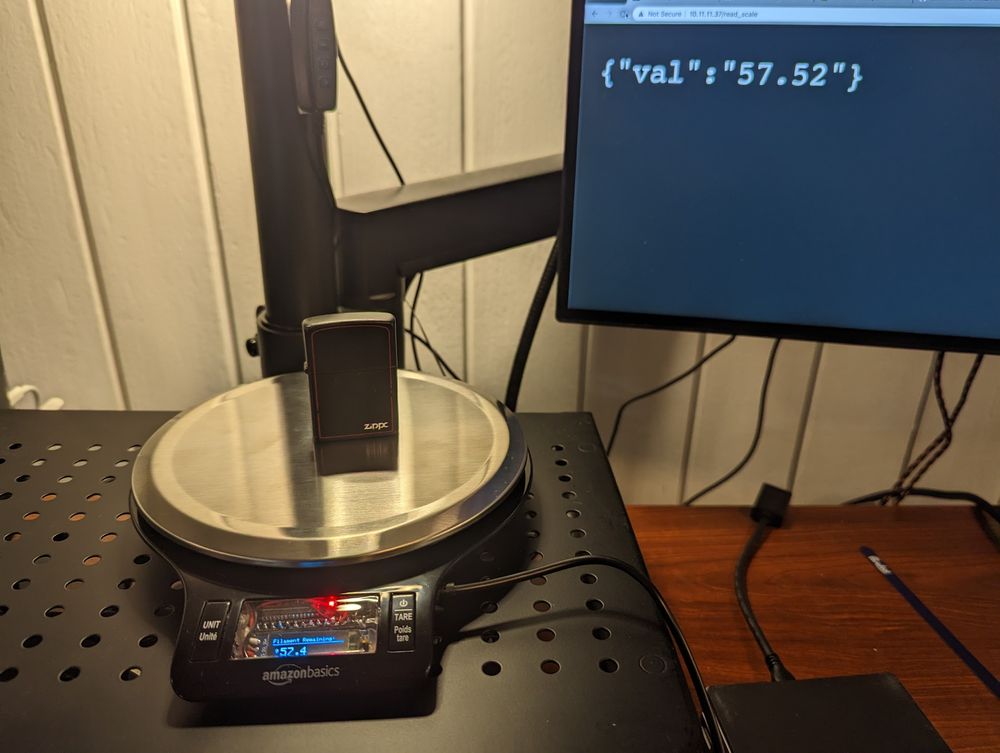
A wide range of uses is possible for low-cost kitchen scales. They are typically quite basic devices without features like wireless connectivity. Still, Liore Shai made the decision to change that by adding Wi-Fi functionality to an Amazon Basics scale which cost about just $10 shipped at the time of purchase using an ESP32 board.
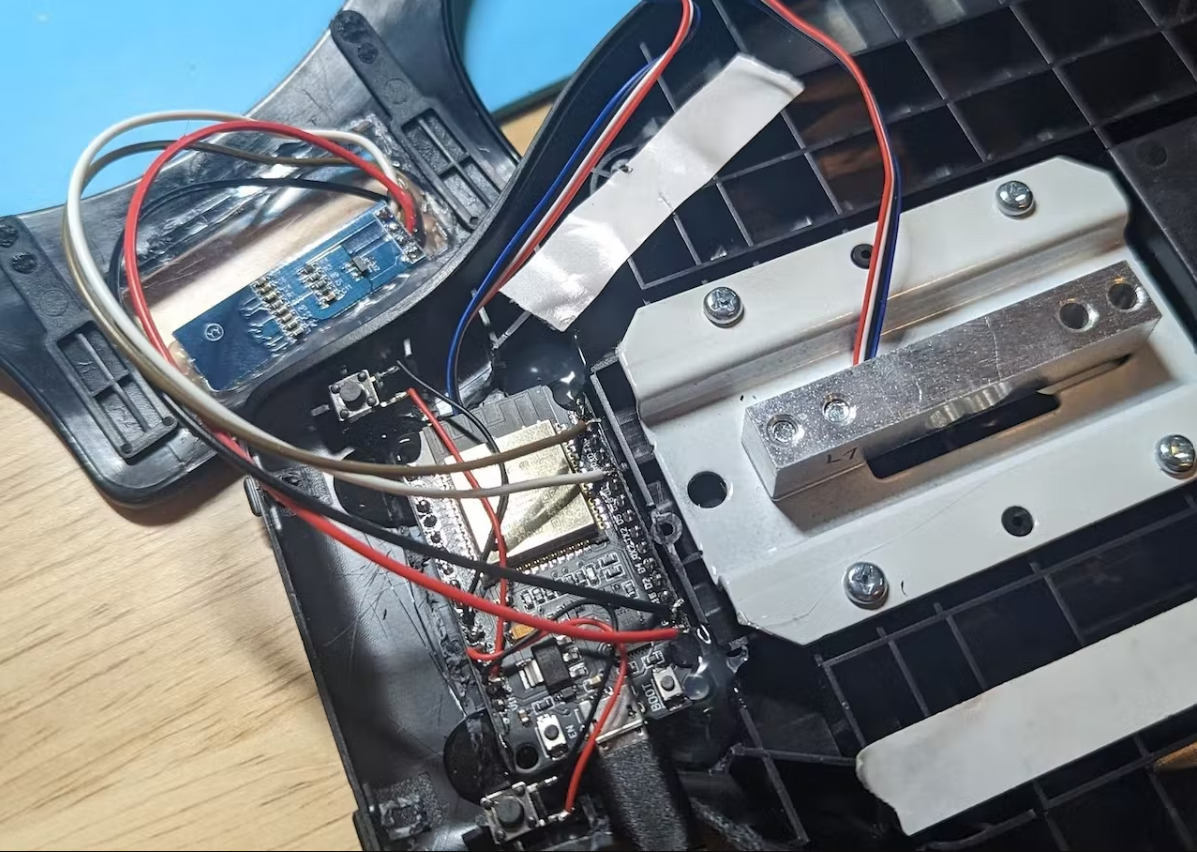
The hack’s basic idea is simple: use the load cell and mechanical parts that already exist, then send data to an ESP32 for wireless distribution. A load cell is a tool that changes a certain kind of force into an electrical signal that can be accurately read and applied to various tasks. A load cell emits a tiny voltage signal in the microvolt range, which is largely useless to standard microcontrollers. This is the trick in this situation.
In order to obtain a reliable reading from the load cell for proper voltage measurement, Shai added an HX711 load cell amplifier. This module transmits data to the ESP32 using a protocol akin to I2C, allowing it to get a stable, accurate reading from the load cell. This data is then used by the ESP32 to create a local web server. A pair of buttons are used for setup, and a 128×32 pixel OLED screen is used for local user feedback.
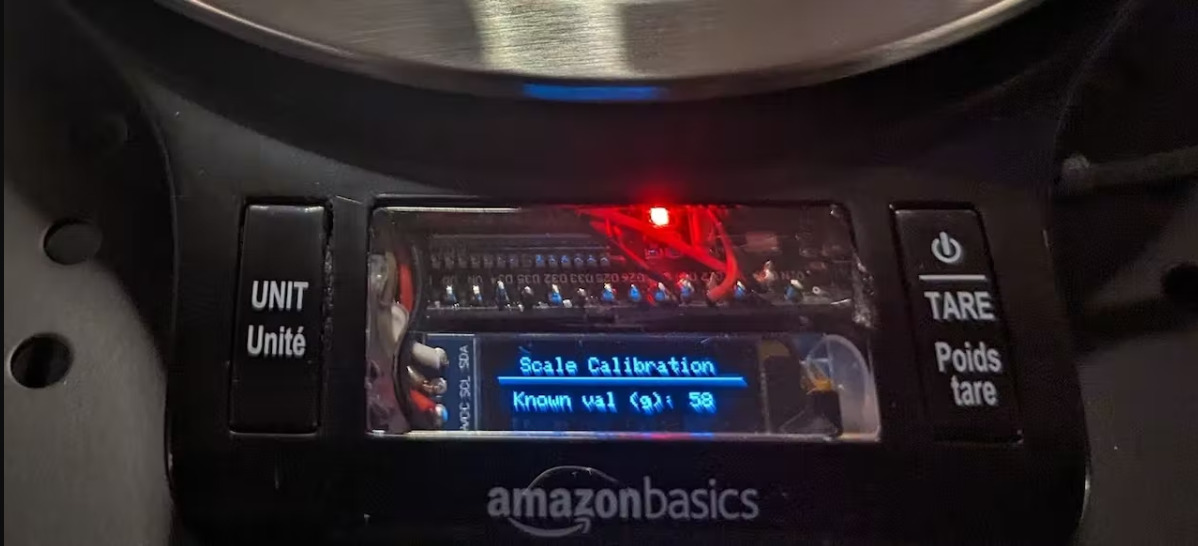
Shai demonstrates that first, the load cell must be soldered to the HX711 module; then, it must be connected to the ESP32 board. HX711 was hot-glued to the ESP32 board’s back. The physical setup may vary depending on the microcontroller. The OLED screen connections and the two buttons are connected after the HX711 VCC, GND, data, and clock pins are connected to the ESP32. The process of programming the smart scale starts once all connections have been soldered and tested by flashing the microcontroller over USB!
On GitHub, Arduino-style code is accessible, and this Reddit post includes a video of the scale actually weighing objects. Shai suggests that this range from monitoring 3D printer filament levels to pairing with Home Assistant to be aware of when you need to restock items like coffee, sugar, salt, and more. Of course, a variety of hardware could be used to implement this Wi-Fi add-on concept, so the posted code and configuration may only be a starting point!





